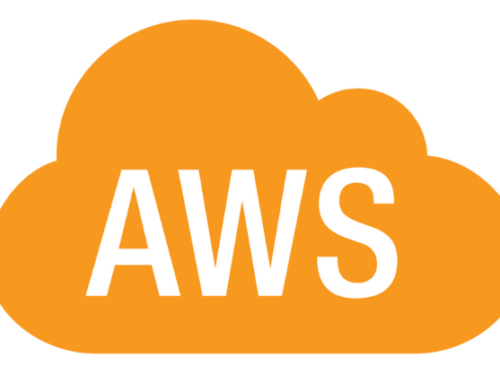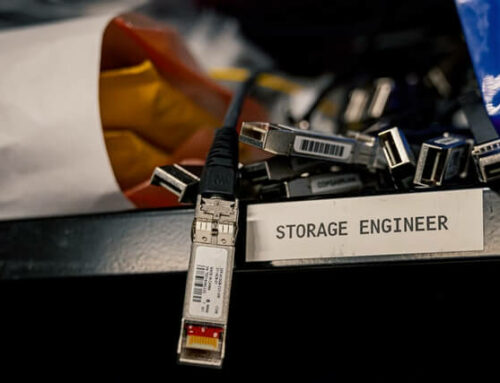If you’re a company that operates within public cloud, you have the added benefit of working with providers who are constantly upgrading, modifying, and adding new features to their environments. But intrinsic visibility doesn’t come with public cloud, and this can create overwhelming cloud environments.
And this constant-consumption model can become overwhelming for cloud users without offering adequate insight to the inner workings of the platform. While public cloud vendors provide you with the tools necessary to manage and secure your assets, they don’t enforce operational or security best practices. It’s entirely up to you to implement and use those tools effectively.
So, to fully integrate these features, you need to establish a reliable mechanism that grants you the necessary visibility to manage the influx and keep your virtual assets secure.
CloudCheckr: Providing Clarity in Overwhelming Cloud Environments
Once applied to your public cloud environments, CloudCheckr becomes a “single pane of glass” into your virtual architecture, offering you visibility in public cloud and providing you with a unified, real-time picture of your multiple cloud environments including:
- Billing details
- Account information
- Resource usage
- Configurations
- Security protocols
- Permissions, etc.
Independently SaaS hosted and mobile-friendly, this multi-purpose tool grants you actionable intelligence and accountability across all your cloud environments—AWS, Azure, VMware, and Google Compute Platform—helping you to gain better oversight of your cloud spend, manage your products and performance, optimize network security, and automate for perpetuated efficiency.
Cloud Spend
Once linked to your various public cloud accounts, CloudCheckr will provide unified financial reports on all your multi-cloud products and services through charting and metrics tools. These automated, side-by-side comparisons and predictive spend reports allow your finance team to identify inefficiencies and risks at a glance. With this added visibility in your public cloud, you can now rearchitect applications and products to get the most out of each cloud platform’s billing cycle and mitigate overspending. Or, you can reduce spend by simply reserving the right amount of cloud compute based on your actual usage in order to avoid overwhelming cloud environments.
Resource Inventory and Utilization
In addition to gaining actionable financial understanding, you and your IT team also have access to comprehensive performance data and comparison metrics. You can now quickly identify the most underused databases and any over-provisioned instances. By determining which tools are suffering from excessive resource strain or are being underutilized, your IT team can implement more informed reconfigurations to your virtual architecture. Your IT team can also then modify, update, delete, and even migrate certain applications to different platforms to get the most sustainable and cost-effective performance out of each instance.
CloudCheckr also allows you to extract resource usage analytics to determine how to rework applications, redirect traffic, and streamline resource usage to accommodate fluctuations in user demand. You can find long lost dev environments or half-finished projects that were never completed (but that you have continued to be charged for) and then disable those workloads. CloudCheckr enables you to save more resources, de-clutter environments, and increase operational efficiencies.
Security and Compliance
CloudCheckr is non-intrusive; as that “single pane of glass,” it remains read-only and does not jeopardize your compliance strictures. What it does, however, is provide your IT team with security auditing tools that will:
- Determine how accessible your block storage is
- Check permission levels
- Identify test/dummy accounts, etc.
Most importantly, CloudCheckr enables your security team to definitively check your company’s best practices against the industry recommendations of each of your public cloud providers. CloudCheckr’s unified reporting also enables you to immediately identify security incongruencies and vulnerabilities across your multi-cloud platforms.
Self-Healing Cloud Automation and Alerting
As with all other features of CloudCheckr, these financial, performance, resource, and security reporting tools are readily available through the intuitive, mobile-friendly CloudCheckr GUI. From any location, your finance, security, and cloud teams can review current network conditions and respond to risks and inefficiencies within seconds. Also, because your IT team can’t be expected to work around the clock, CloudCheckr offers alerting and automation capabilities that many SMB companies will appreciate.
Additionally, CloudCheckr can invoke certain self-healing actions based on its gathered analytics and your operational preferences. When user traffic is overwhelming an instance, CloudCheckr automation tools will automatically divert resources to accommodate the spike in demand. As soon as a virtual tool has been left idle (for a predetermined length of time), CloudCheckr will suspend usage to save on your next billing cycle. If a security vulnerability is detected on a certain platform, CloudCheckr will immediately alert you to the situation.
You determine the parameters; CloudCheckr automatically reports and self-heals.
A Unified View = Less Confusion
Cloud is powerful and new features are being developed all the time, but unless you have complete visibility into your environments, you will be limited in your ability to optimize, and a great deal of that power will be wasted (and you’ll still be billed for it). It’s time to stop operating blindly within multi-cloud.
Leverage the unifying metrics and reporting tools of CloudCheckr to optimize your cloud spend, improve security, and enhance performance. You have too much at stake not to.












